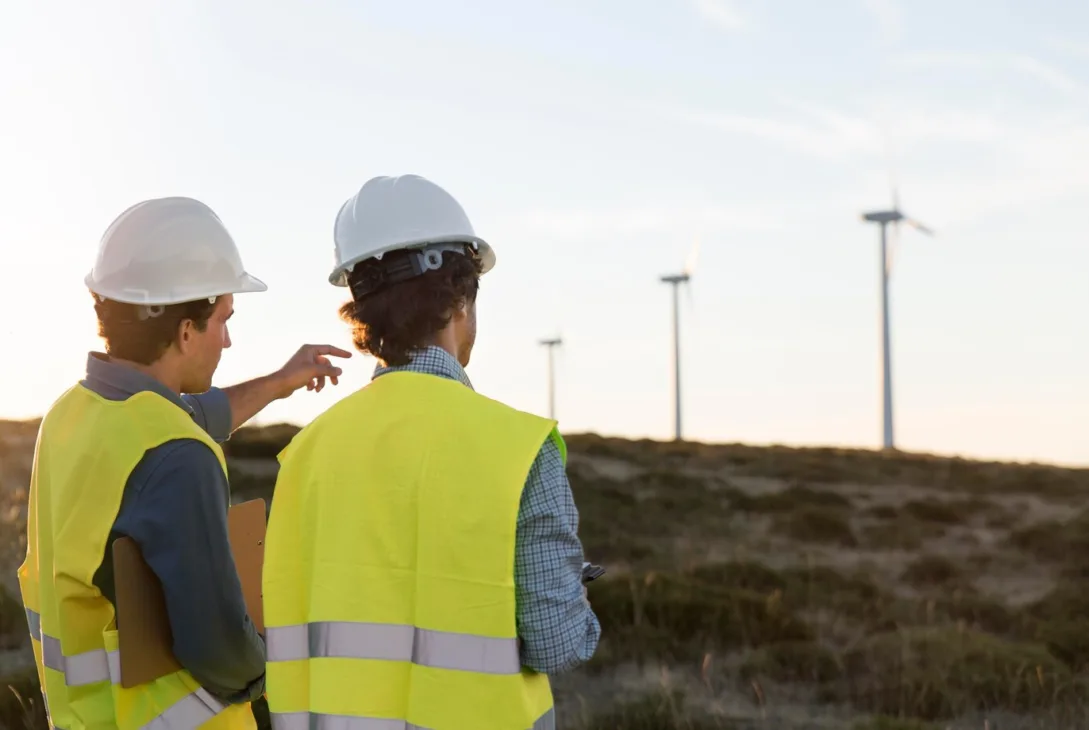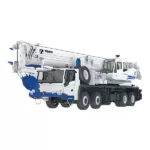Weather Monitoring Technology
With so many factors affecting climate change, it is important for us to keep an eye out on the turbulent moods of the weather. At the centre of weather monitoring, there are three main considerations that play the bigger roles: software for studying weather patterns, tools for measuring the weather, and systems that automatically track what is going on outside.
Meteorology Software
Meteorology software is a smart computer program that helps environmental specialists understand and decipher weather information. They gain insights and date from different places such as radar systems, weather stations, and satellites. These programs are so advanced to the point where they are already using clever algorithms and other ways to show data. In short, meteorologists can predict and monitor weather patterns more accurately.
Weather Measuring Instruments
Weather measuring instruments make up an assortment of tools used to collect meteorological data on humidity, temperature, windspeed, atmospheric pressure, and precipitation. Some of the more common and traditional instruments are thermometers, barometers, modern sensors, and probes. These devices are essential to gather data points for weather analysis and forecasting. However, automatic weather systems can make this a whole lot more advanced by integrating weather measuring instruments with their existing transmission capabilities and automated data collection. These systems are crucial in processing the gathered and analyzed meteorological data, making real-time monitoring and response more feasible.
Importance of Weather Monitoring
Promotes Safety
By now, you already know how important weather monitoring is. It plays a huge role in many fields and industries because it ultimately influences decision-making and impacts the overall safety of individuals and communities. For example, in agriculture, accurate weather forecasts can help farmers thrive by making better decisions regarding pest management, crop planting, and irrigation scheduling. Identically, in aviation, immediate weather updates can provide extra support to pilots and air traffic controllers to navigate through the otherwise unpredictable weather conditions. This would reduce the risk of delays and accidents.
Disaster Management
Specifically in disaster management, weather monitoring cannot be spared. They are extremely vital when it comes to tracking deadly weather events such as floods, hurricanes, and tornadoes (we can never be too careful). This helps meteorologists and emergency responders issue evacuation orders and timely warnings so they can minimize the impact of disasters on lives and property. On top of that, weather monitoring also contributes to climate studies and scientific research for climate change patterns and weather trends.
Automatic Weather Systems
Automatic weather systems are high-tech setups made to monitor weather patterns without needing actual people. As compared to their traditional counterparts, instead of having someone constantly jotting down weather details every now and then, these systems operate around the clock. With this, we can expect to get instant updates.
There are a bunch of sensors in these systems located in different spots to check on temperature, wind speed and direction, rainfall, humidity, and air pressure. Unlike manual work, there is no room for mistakes and there is no need to wait between checks. They are always gathering data, giving us a better idea of how weather changes over time and helps us understand what is going on more precisely.
Component and Features of Automatic Weather Systems
Sensors
As complicated as it sounds, automatic weather systems are made up of a lot of important parts that gather, control, and share weather info. One of the more essential parts is the sensors. After picking up information they can on the weather, they measure it. For example, there are sensors for a myriad of things such as anemometers for wind speed and direction, thermometers for temperature, hygrometers for humidity, and barometers for air pressure. All of these work together hand-in-hand to provide us with relevant data.
Data loggers
In other words, data loggers are kind of like your digital notebooks in automatic weather systems. They are essential when it comes to monitoring all the information collected by the sensors. Also, data loggers can store data in real-time when there is no immediate way to send them real-time. From standalone devices to systems that work with the sensors, they come in different shapes and sizes. This ensures that weather data is always recorded and ready when needed.
Communication Systems
Communication systems are designated programs integrated in automatic weather systems that transfer data from faraway sensor spots to main monitoring centers. They tend to use different technologies like satellites, Wi-Fi, or the internet to send instantly or at set times, and whenever convenient. This helps meteorologists and weather experts obtain the latest weather updates.
Benefits of Weather Monitoring Technology
Enhanced Accuracy
Meteorology software, weather measuring instruments and automatic weather systems provide accurate weather data and information. Their accuracy can help make better decisions across many fields and industries such as farming, flying, and handling emergencies. For example, pilots can navigate through unpredictable weather conditions, farmers can plant crop according to cycles, emergency responders can issue evacuation notices and respond effectively to any weather-related disasters.
Timely Information
Weather monitoring technology provides updates on weather changes due to its ability to collect and share data in real-time. This provides us the opportunity to stay attentive to weather-related events whether it’s a shift in wind patterns or a sudden storm. This information allows us to take swift actions so that contingency plans can be put into immediate effect to reduce risks and keep everyone safe.
Improved Efficiency
Whatever we do, we’re always striving for efficiency. In this scenario, weather monitoring technology streamlines how to gather and analyze weather data. These processes are automated with the aim to free up time and resources that could otherwise be spent on other things that are more important. This ensures improved efficiency with smoother workflows without the need of human intervention.
In short, weather monitoring technology is complicated. It encompasses many variables some of which are meteorology software, weather measuring tools, and automatic weather systems. From what we can see, these are essential in making smarter decisions and managing risks in many fields and industries. Like most things, the benefits in accuracy and efficiency outweighs the drawbacks, ensuring its ability to thrive in changing weather conditions.







